The miniSim™ provides custom driving simulators tailored to your needs, with unlimited tech support backed by decades of development, engineering, and research expertise.
Options include automated driving, eye-tracking, video recording, infotainment, motion base, and more.
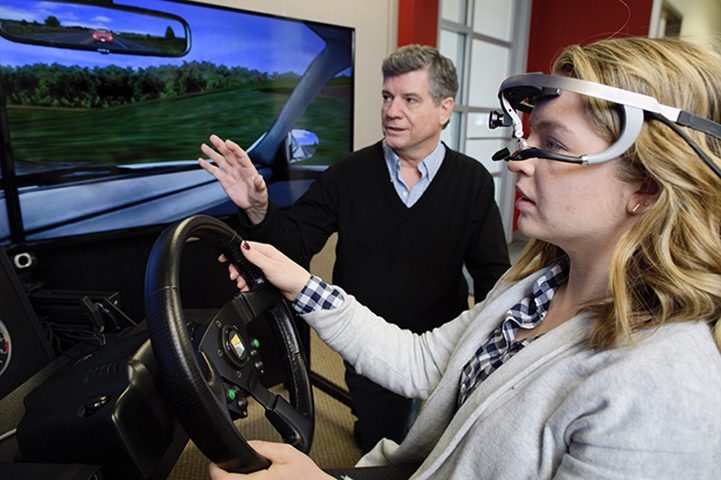
The miniSim provides accurate, repeatable results for any type of driving research.

Supports automated driving simulation and is well suited for evaluation and testing of interfaces, devices, and other systems.
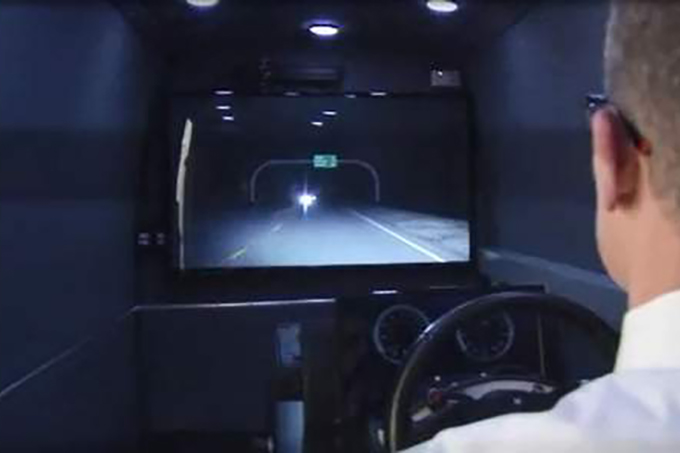
Portable and configurable to your clinical trial needs. We have decades of experience in human-subject research to assist you along the way.
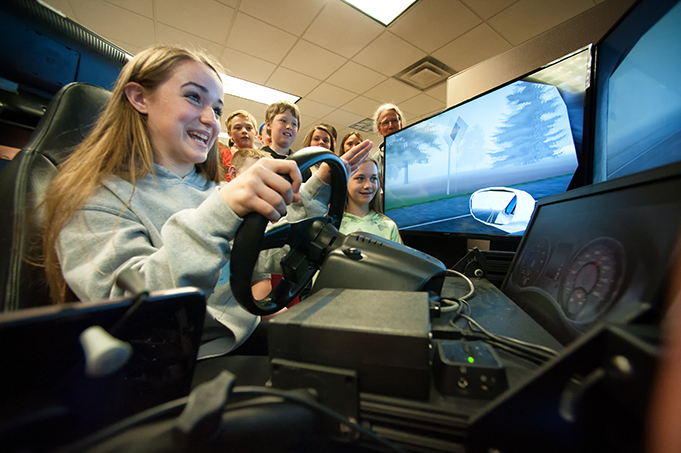
Customize your miniSim to educate drivers or deliver a message to your audience. Options incude portable laptop-based systems.
Driver training system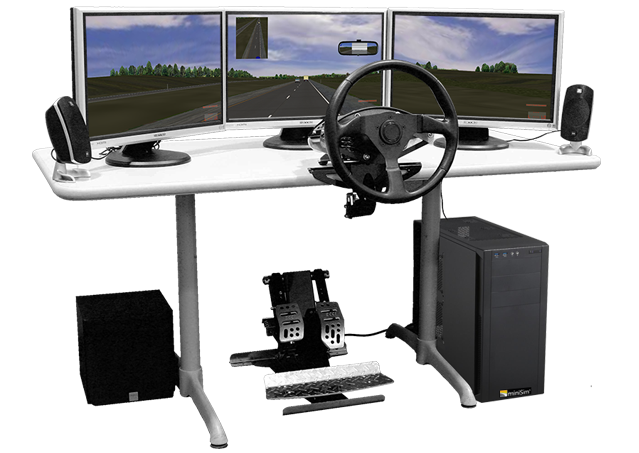
Most affordable: small footprint simulator with the same powerful miniSim software found on our largest systems.
More on desktop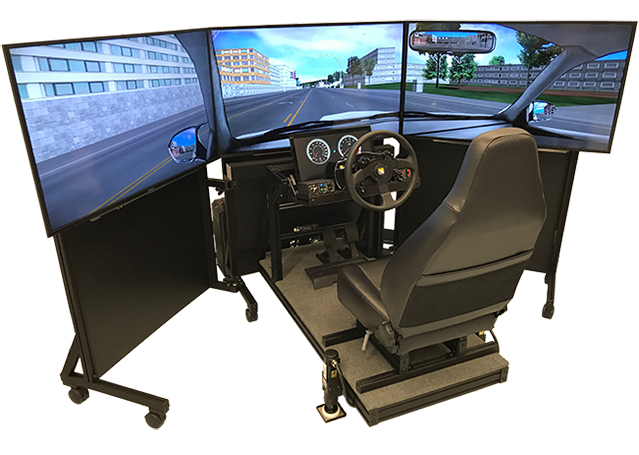
Most popular: Basic wheel and pedals, real car seat, plenty of driver controls, and multiple display options.
More on simplified cab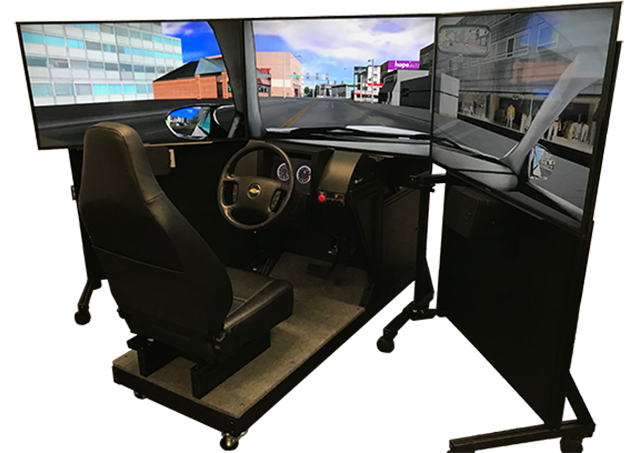
For greater realism: wheel, pedals, and driver controls from an actual vehicle, with a dashboard.
More on quarter cab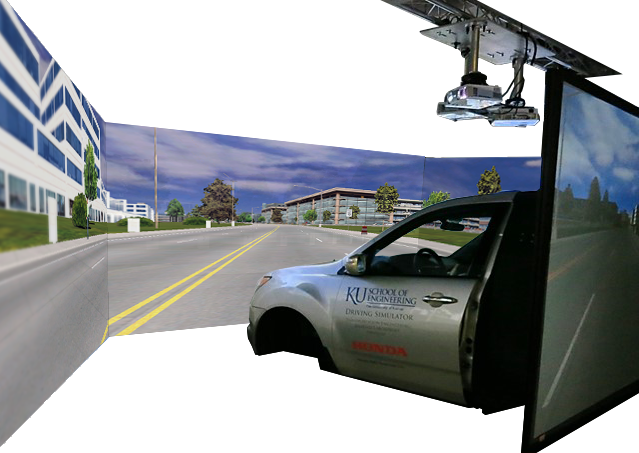
As close to real as it gets: A real car halved just behind the front seats. Display options include monitors or a 180° projection screen.
More on half cabFor new or existing miniSims. See all add-on options.
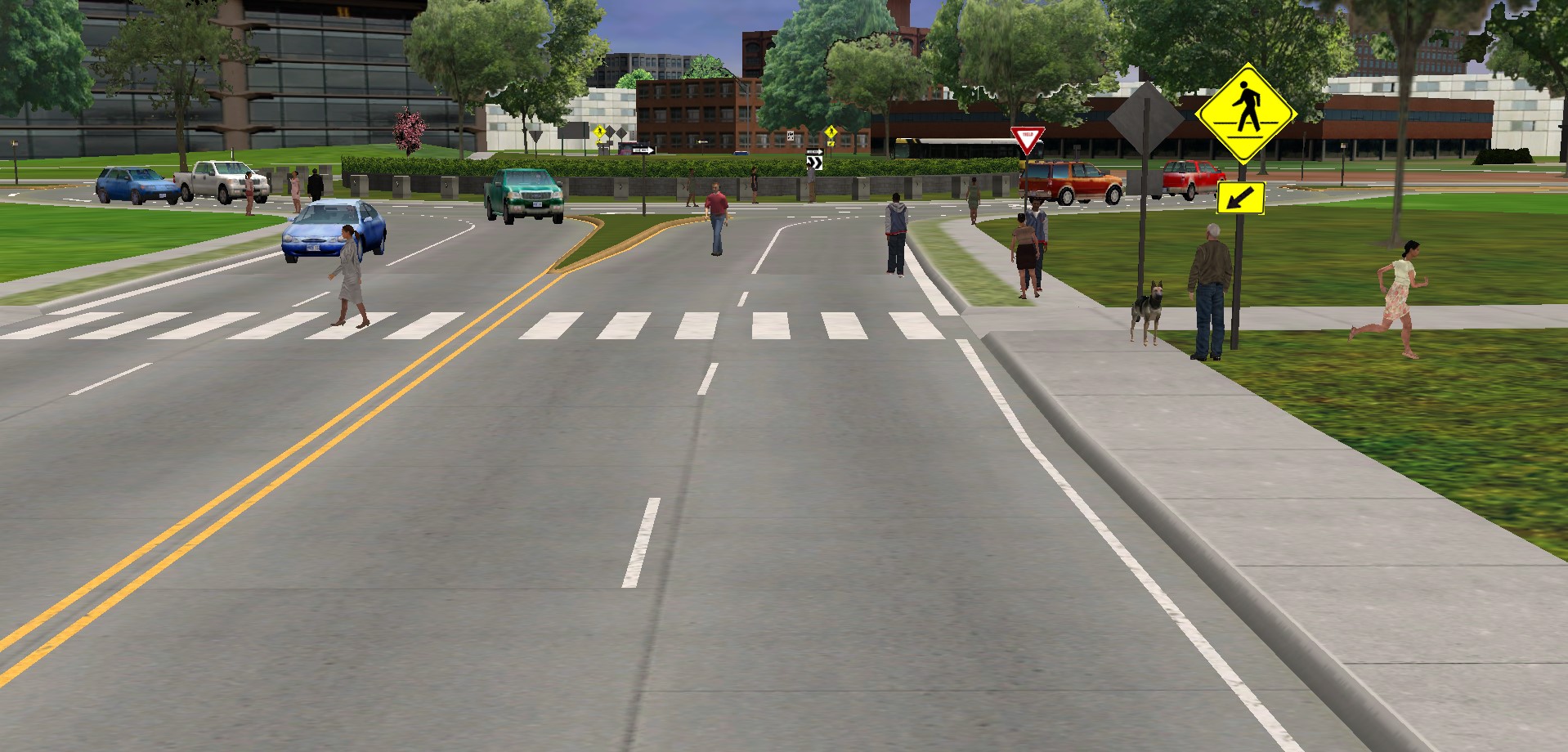
A pre-built virtual world to save you time. Includes freeway, urban, residential, and rural roads ready to go.
More on Springfield
Durable actuators provide motion in three degrees of freedom (heave, roll, pitch) and vibration based on road surface, speed, and engine RPM.
More on motion baseOptional high definition 4-camera recording systems for research organizations that need to video record drives.
More on video capture
Behaviors include transfer of control, automatic lane change, event triggers, and more, as well advanced integrations, API, and user-defined subsystems.
More on automationOur software is based on the state-of-the-art driving simulation technology at the University of Iowa Driving Safety Research Institute (DSRI), home of the National Advanced Driving Simulator (NADS). DSRI uses its suite of world-class driving simulators and instrumented vehicles to conduct research for the private and public sectors.